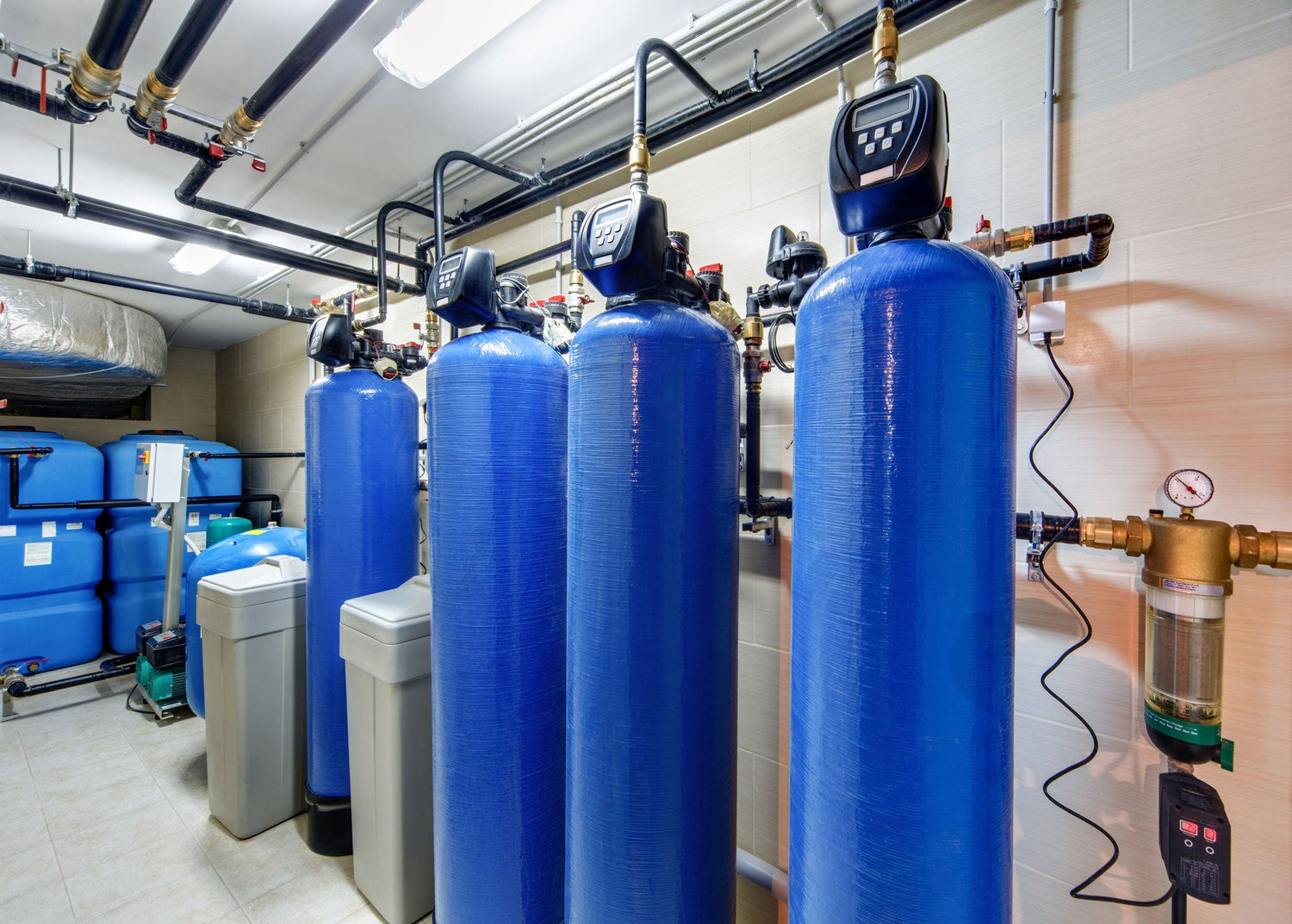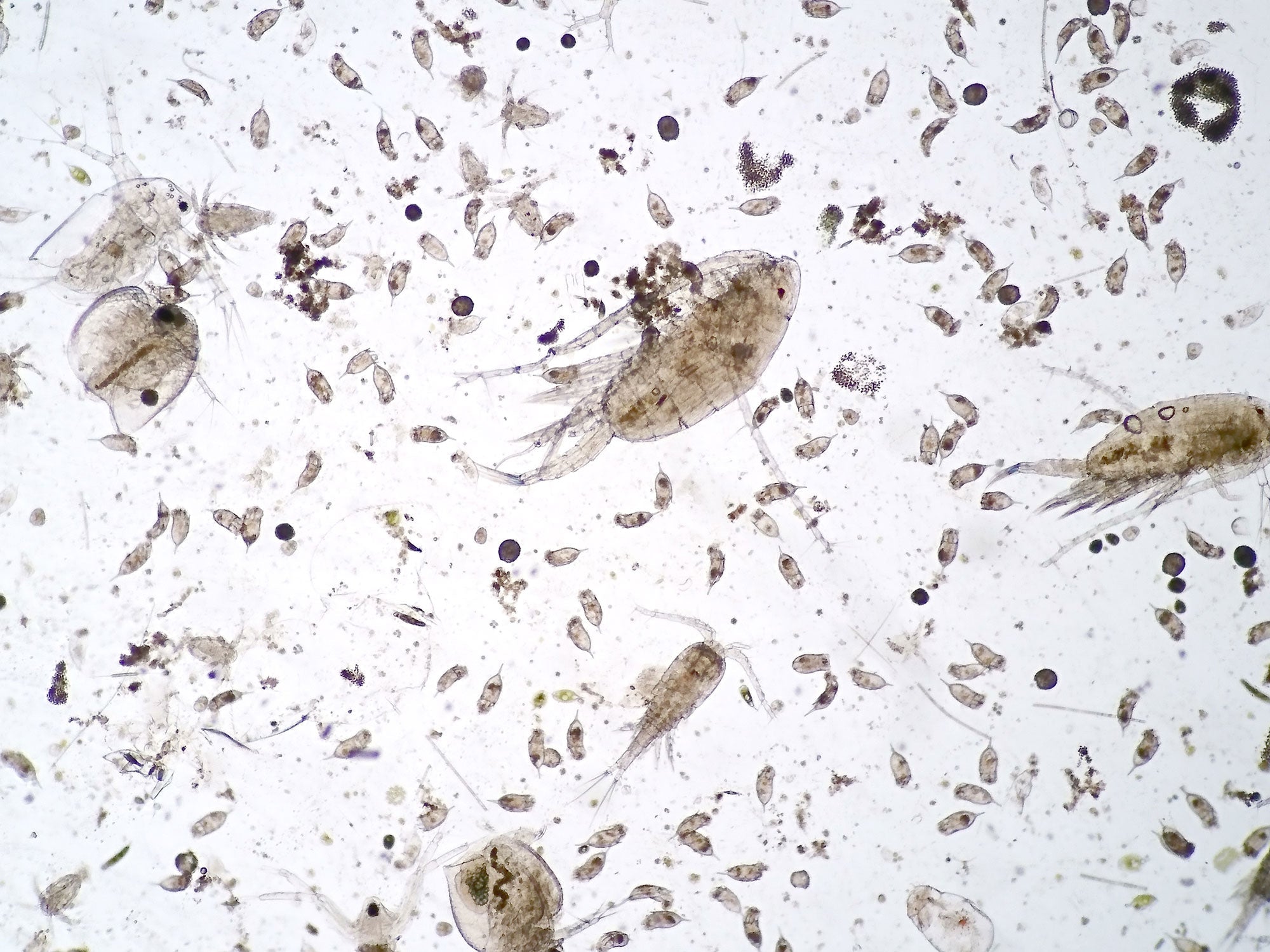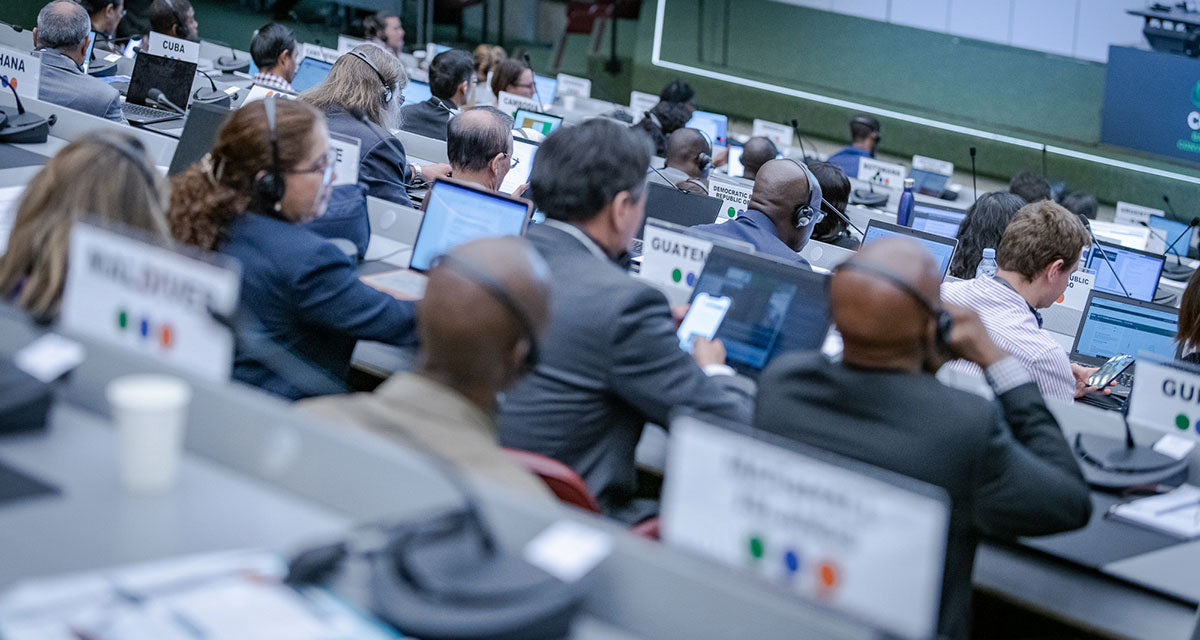Introduction
Microplastics, defined as plastic particles less than 5 mm in size, have emerged as a ubiquitous environmental pollutant, permeating aquatic, terrestrial, and atmospheric ecosystems. These particles originate from primary sources, such as microbeads in cosmetics and microfibers from textiles, and secondary sources, including the fragmentation of larger plastic debris. Their small size and persistence facilitate ingestion by a wide range of organisms, leading to bioaccumulation and potential transfer through food webs, posing significant ecological and human health risks. The remediation of microplastic pollution requires innovative technologies capable of efficient removal or degradation. This article provides a technical overview of three key approaches—filtration systems, bioremediation, and chemical breakdown methods—evaluating their mechanisms, effectiveness, and challenges, supported by recent research and pilot studies.
Filtration Systems: Physical Removal of Microplastics
Filtration systems are engineered physical barriers designed to separate microplastics from water or other media, widely implemented in wastewater treatment plants (WWTPs) and drinking water treatment plants (DWTPs). These systems encompass membrane filtration (e.g., microfiltration, ultrafiltration), membrane bioreactors (MBRs), and advanced filter technologies such as granular activated carbon (GAC) and ion exchange (IX).
Mechanism and Applications
Membrane filtration employs synthetic polymer membranes with pore sizes ranging from 0.02 to 5 μm, capturing microplastics via size exclusion, surface adsorption, and electrostatic repulsion. MBRs combine membrane filtration with biological treatment, leveraging microbial activity to enhance removal efficiency. Advanced point-of-use devices integrating GAC and IX have demonstrated high recovery rates in drinking water treatment, validated through spike-and-recovery tests (Microplastic Removal from Drinking Water Using Point-of-Use Devices).
Effectiveness and Pilot Studies
Research highlights the efficacy of filtration systems. A study by Talvitie et al. (2017) found that an MBR reduced microplastic concentrations from 6.9 ± 1.0 to 0.005 ± 0.004 particles per liter in WWTP effluent, achieving near-complete removal (Removal of microplastics in water: Technology progress and green strategies). A pilot-scale fabric membrane system with ultra-high flux (permeance = 550,000 L/m²h⋅bar) achieved over 96% removal efficiency for microplastics sized 10–300 μm, treating 300,000 L/day with a 1 m² disc, demonstrating scalability and cost-effectiveness (Membrane and filtration processes for microplastic removal). Another pilot study integrating aeration, sedimentation, rapid sand filtration, and reverse osmosis reported high removal rates, with transparent fibers comprising over 90% of captured microplastics (Innovative pilot-scale mechanical assembly for efficient removal of microplastics from wastewater).
Challenges
Despite their effectiveness, filtration systems face challenges such as membrane fouling, where microplastic accumulation reduces efficiency and increases maintenance costs. High operational expenses and the potential generation of secondary pollutants further complicate scalability (Removal technologies of microplastics in soil and water environments).
Bioremediation: Biological Degradation of Microplastics
Bioremediation leverages microorganisms—bacteria, fungi, and algae—to degrade microplastics into benign compounds such as CO₂, H₂O, and biomass. This eco-friendly approach holds promise for sustainable remediation but is hindered by efficiency and scalability limitations.
Mechanism and Applications
Bioremediation proceeds through bio-deterioration, bio-fragmentation, and mineralization, driven by microbial enzymes like esterases, lipases, and laccases. Algae such as Chlorella vulgaris degrade bisphenol A, while genetically modified Chlamydomonas reinhardtii produces PET hydrolase to break down polyethylene terephthalate (PET) (Biotechnological methods to remove microplastics: a review). Fungi like Aspergillus flavus degrade high-density polyethylene (HDPE) by 8.51 ± 0.1% in 30 days, and bacteria such as Bacillus gottheilii degrade polyethylene (PE) by 6.2% in 40 days (Bioremediation: Removing Microplastics from Soil). Biofilms formed on microplastic surfaces in freshwater environments enhance degradation, suggesting potential for in-situ applications (Bioremediation of microplastics in freshwater environments: A systematic review).
Effectiveness and Pilot Studies
Degradation rates vary across studies. Aspergillus flavus achieved 8.51% HDPE degradation in 30 days, while Bacillus gottheilii degraded PE by 6.2% in 40 days (Biotechnological methods to remove microplastics: a review). Genetic engineering boosts efficiency, with cutinase reducing PET degradation time from 41.8 hours to 6.2 hours (A minireview on the bioremediative potential of microbial enzymes). Pilot studies in WWTPs using biofilm reactors report 75.23% removal efficiency for biological methods (Microplastics removal technologies from aqueous environments: a systematic review).
Challenges
Low degradation rates (often <15%) and dependence on specific environmental conditions (e.g., temperature, pH) limit bioremediation’s scalability. Combining it with physical or chemical methods may enhance efficiency, though field applications require further validation (Removal of microplastics in water: Technology progress and green strategies).
Chemical Breakdown Methods: Advanced Oxidation Processes (AOPs)
Chemical breakdown methods, particularly advanced oxidation processes (AOPs), utilize reactive species like hydroxyl radicals to degrade microplastics into smaller, less harmful compounds. Key AOPs include ozonation, Fenton reactions, and photocatalytic oxidation.
Mechanism and Applications
AOPs generate potent oxidizing agents (e.g., hydroxyl radicals) via processes such as ozonation (O₃), Fenton reactions (Fe²⁺/H₂O₂), and photocatalysis (UV/TiO₂). These radicals attack polymer chains, inducing chain scission and surface oxidation, potentially mineralizing microplastics into CO₂ and H₂O. Ozonation modifies microplastic surfaces, reducing pollutant adsorption, while Fenton processes degrade polyethylene (PE) and polypropylene (PP) in controlled settings (Oxidation of microplastics by O₃ and O₃/H₂O₂). These methods are primarily applied in wastewater treatment (Advanced oxidation processes for microplastics degradation: A recent trend).
Effectiveness and Pilot Studies
AOPs demonstrate significant degradation potential, with efficiencies ranging from 30–95%. Photocatalytic oxidation reduced polystyrene (PS) mass by up to 80% in lab conditions (Developments in advanced oxidation processes for removal of microplastics from aqueous matrices). A pilot study using ozonation in WWTPs achieved 70% surface modification of microplastics in real wastewater, though complete mineralization remains elusive (Transformation of microplastics by oxidative water and wastewater treatment processes). Most research remains at the laboratory scale, with field applications needing further development.
Challenges
AOPs are energy-intensive and costly, with potential formation of secondary pollutants (e.g., chlorinated compounds). Efficiency decreases with smaller microplastics (<100 μm), and scaling up requires optimization of reaction conditions and byproduct management (Insights into the removal of microplastics and microfibres by Advanced Oxidation Processes).
Emerging Technologies: The Future of Microplastic Remediation
Emerging technologies are advancing microplastic remediation by improving detection and treatment efficiency.
Hyperspectral Imaging (HSI)
HSI combines imaging and spectroscopy to identify microplastics rapidly across large areas. In water, it detects particles down to 100 μm, with resolutions optimized to 14.8 μm per pixel (HSI Optimization Study). In soil, HSI identifies polymers like PE and PP with 84% accuracy for white PE (Soil HSI Study).
Machine Learning Applications
Machine learning enhances identification accuracy using spectroscopic or imaging data. Models trained on >60,000 Raman spectra achieve over 90% classification accuracy (Machine Learning for MPs), with deep learning on FTIR spectra reaching 99.72% accuracy (FTIR ML Study).
Conclusion
Innovative remediation technologies—filtration systems, bioremediation, and chemical breakdown methods—offer diverse strategies to combat microplastic pollution. Filtration systems excel in physical removal, bioremediation provides sustainable degradation, and AOPs enable chemical breakdown. Emerging tools like HSI and machine learning promise enhanced detection and automation. However, challenges such as cost, scalability, and environmental impact necessitate ongoing research and integration of these approaches for effective, large-scale solutions.
References
- Innovative technologies for removal of micro plastic: A review of recent advances
- Removal of microplastics in water: Technology progress and green strategies
- Recent advancement in microplastic removal process from wastewater - A critical review
- Microplastics removal technologies from aqueous environments: a systematic review
- Innovative pilot-scale mechanical assembly for efficient removal of microplastics from wastewater
- Removal technologies of microplastics in soil and water environments
- Removing microplastics from aquatic environments: A critical review
- Biotechnological methods to remove microplastics: a review
- Bioremediation: Removing Microplastics from Soil
- Bioremediation of microplastics in freshwater environments: A systematic review
- Frontiers | A minireview on the bioremediative potential of microbial enzymes
- Advanced oxidation processes for microplastics degradation: A recent trend
- Advanced oxidation processes for the elimination of microplastics from aqueous systems
- Transformation of microplastics by oxidative water and wastewater treatment processes
- Oxidation of microplastics by O₃ and O₃/H₂O₂
- Developments in advanced oxidation processes for removal of microplastics from aqueous matrices
- Insights into the removal of microplastics and microfibres by Advanced Oxidation Processes



Leave a comment
This site is protected by hCaptcha and the hCaptcha Privacy Policy and Terms of Service apply.